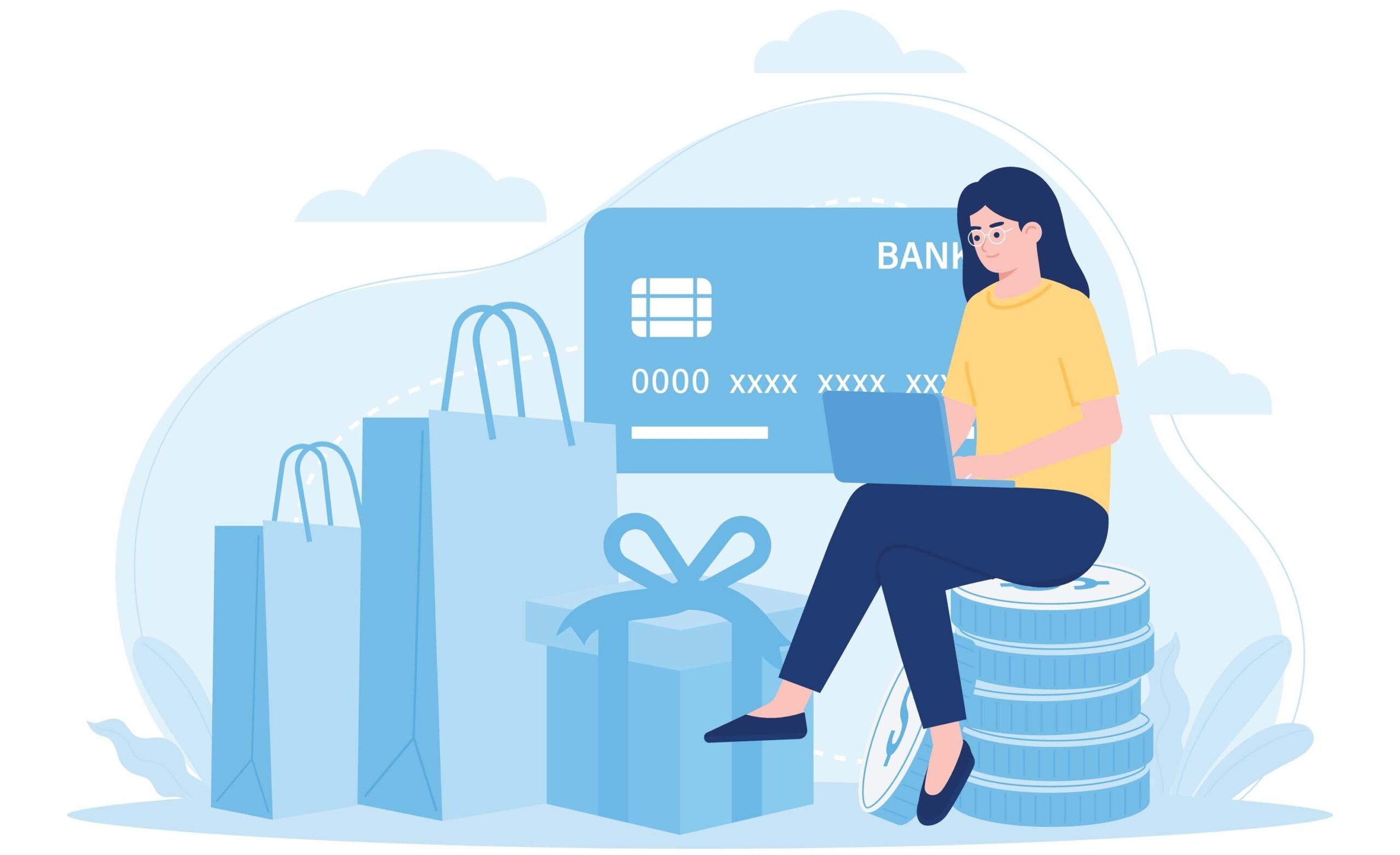Stay informed and ahead of the game with a look at what’s on the rise in the world of digital payments for 2024. Explore the top 10 digital payment trends that are set to revolutionize how we handle transactions, including the rise of mobile wallets, the integration of biometric payment methods, and the impact of open banking. Find out all the exciting developments in security, the growing adoption of digital currencies, and much more as we navigate the ever-evolving payment industry together.
Rise of Contactless Payments

Contactless payments have been propelled by advancements in digital payment technologies. This method has gained major popularity among customers for its convenience and easy transaction experience. Studies predict that by 2027, nearly all smartphones will have contactless payment capabilities, allowing those who have a preference for this payment method to use it no matter what type of technology they may have.
The rise of contactless payments signifies a shift towards practical and efficient payment options globally. As technology continues to evolve, businesses are increasingly integrating contactless payment technology to cater to the growing demand for fast, secure, and convenient transactions. With the rise in popularity, contactless payments are transforming the way transactions are conducted, offering a convenient payment experience for both businesses and consumers.
Tokenization Technology
Tokenization technology is revolutionizing the finance industry by enabling greater liquidity, accessibility, and innovation in traditional sectors. It serves as a transformative force shaping the future of finance, allowing assets like real estate to become more fragmented and universally accessible. Tokenization continues to unlock new possibilities in the digital asset side, enhancing cybersecurity measures, integrating into e-commerce, facilitating mobile payments, and expanding its reach across various tech domains.
As we look towards the future, tokenization technology is set to play a crucial role in reshaping investment landscapes and financial transactions. By leveraging blockchain technology and smart contracts, tokenization is creating new opportunities and transforming the way we think about digital assets and their impact on business and technology.
Biometric Authentication

Biometric authentication has compelling benefits that are driving momentum in the industry. With the ability to quickly validate a customer’s identity through a simple fingerprint or face scan, businesses can reduce transaction times and enhance the overall customer experience. This trend is enabling customers to complete transactions more efficiently and securely, ultimately shaping the future of payment authentication methods.
The future of biometric authentication in payments is promising, as technology continues to evolve and offer improved security, convenience, and seamless experiences for users. With the integration of biometric features into mobile payment apps and digital wallets, the landscape of payment processes is being simplified, making it easier for customers to manage their finances securely. As biometric payment terminals and authentication methods continue to advance, the future of payment security is set to be revolutionized by the use of biometrics in the financial industry.
Instant Payments
This technology allows for payment transactions to be conducted virtually instantaneously, marking a significant shift in the way people make financial transactions. The value of transactions processed using Instant Payments is projected to see a substantial growth of 289% between 2023 and 2030, signalling its increasing importance and usage in the years to come.
With Instant payments gaining momentum, it is clear that this trend is not just a passing fad but rather a necessary evolution in the digital payment industry. Instant payments, also known as real-time payments, are becoming more of a necessity than a luxury, reflecting the growing demand for efficient and convenient payment solutions. The technology’s ability to accelerate transactions, streamline processes, and enhance user experience is driving its widespread acceptance across various industries and regions, positioning it as a cornerstone of modern digital payments.
Digital Wallets

More consumers are integrating digital wallets into their daily routines, supported by the convenience and speed they offer. The rise of mobile wallets, contactless payments, and expanded payment options has further propelled the usage of digital wallets, making them a preferred choice for all.
As digital wallets continue to gain popularity, they are reshaping the payments landscape, with forecasts predicting a substantial growth in their usage globally. With trends showing a shift towards alternative payment methods and the dominance of mobile wallets, the future of digital wallets looks promising in providing consumers with efficient payment solutions.
Blockchain Technology
By eliminating intermediaries, blockchain has drastically reduced fees to just 0.5-1% per transaction, compared to the traditional 7-10%. This cost-effective and efficient method of payment processing is expected to drive significant growth in the global blockchain market, projected to generate over $94 billion by 2027 at a growth rate of 66.2% CAGR.
The decentralized and secure nature of blockchain technology presents various benefits for payments, including higher efficiency, enhanced security, and faster settlement times. This transformative technology is facilitating faster payment processing, supporting digital currencies, and enabling more efficient cross-border transactions. With the potential to generate $1.4 trillion in revenue worldwide by 2030, blockchain technology is at the forefront of shaping the future of payment systems and financial services.
Cross-Border Payments
Cross-border payments fo on real-time tracking and the use of cryptocurrencies like XRP to bridge different currencies. The industry is experiencing significant growth, especially in the B2B e-commerce market. More businesses are engaging in cross-border payments, and 80% of them believe that transaction volumes will increase in the next 12 to 24 months, highlighting the importance and potential of this trend in the global payment industry.
As technology continues to advance, more businesses are recognizing the benefits of cross-border payments and adapting to meet the growing demand. Trends such as increased digital transactions, interoperability, and embedded finance are shaping the industry in 2024. With challenges like cross-border efficiency and the need for modernization recognized by banks, the outlook for cross-border payments remains positive as companies strive to enhance their payment capabilities and stay competitive in the market.
QR Code Payments

This payment method involves customers scanning a QR code with their smartphones to authorize transactions quickly and securely. The convenience of this payment method has made it popular among users and businesses, allowing for contactless payments and offering a seamless payment experience.
Businesses are increasingly adopting QR Code Payments as a way to streamline transactions and cater to the changing preferences of customers. By enabling customers to make payments through a simple scan, businesses are making the overall shopping experience and staying ahead in the competitive market easier. With its ease of use and security features, QR Code Payments are shaping the future of payment methods and contributing to the digital transformation of the payment industry.
Voice-Activated Payments
This innovative technology allows users to make payments simply by speaking commands, eliminating the need to type out long card numbers or account information. With voice payments, customers can easily complete transactions using their voice, making the process smoother and more user-friendly.
Businesses and financial institutions are increasingly adopting voice-activated payment technology to enhance the customer experience and streamline the payment process. Voice payments offer a high level of security by using voice recognition and authentication, ensuring that transactions are safe and protected. As more companies embrace this trend, voice-activated payments are expected to revolutionize the way we make payments and interact with financial services in the future.
Embedded Payments

This approach allows businesses to streamline transactions and enhance the overall customer experience while ensuring secure payment processing. By embedding payments into their software platforms, companies can provide a solution for all aspects of their business operations, including payment processing.
The growing demand for embedded payments is fueled by emerging technologies and the need for platforms to offer a complete suite of financial services. This trend allows businesses to offer embedded financial services that cater to user preferences and provide a convenient way for customers to make purchases without leaving the app or website they are using. Companies are increasingly adopting embedded payments to generate new revenue streams, drive growth, and stay competitive in the evolving digital landscape.
As we continue with 2024, the digital payments industry is ready for significant transformation. By staying up to date with the latest trends and advancements highlighted above, you can position yourself for success in the dynamic world of modern payments. Embrace innovation, stay proactive, and adapt to the changing technology to thrive in the digital payment industry of tomorrow.




